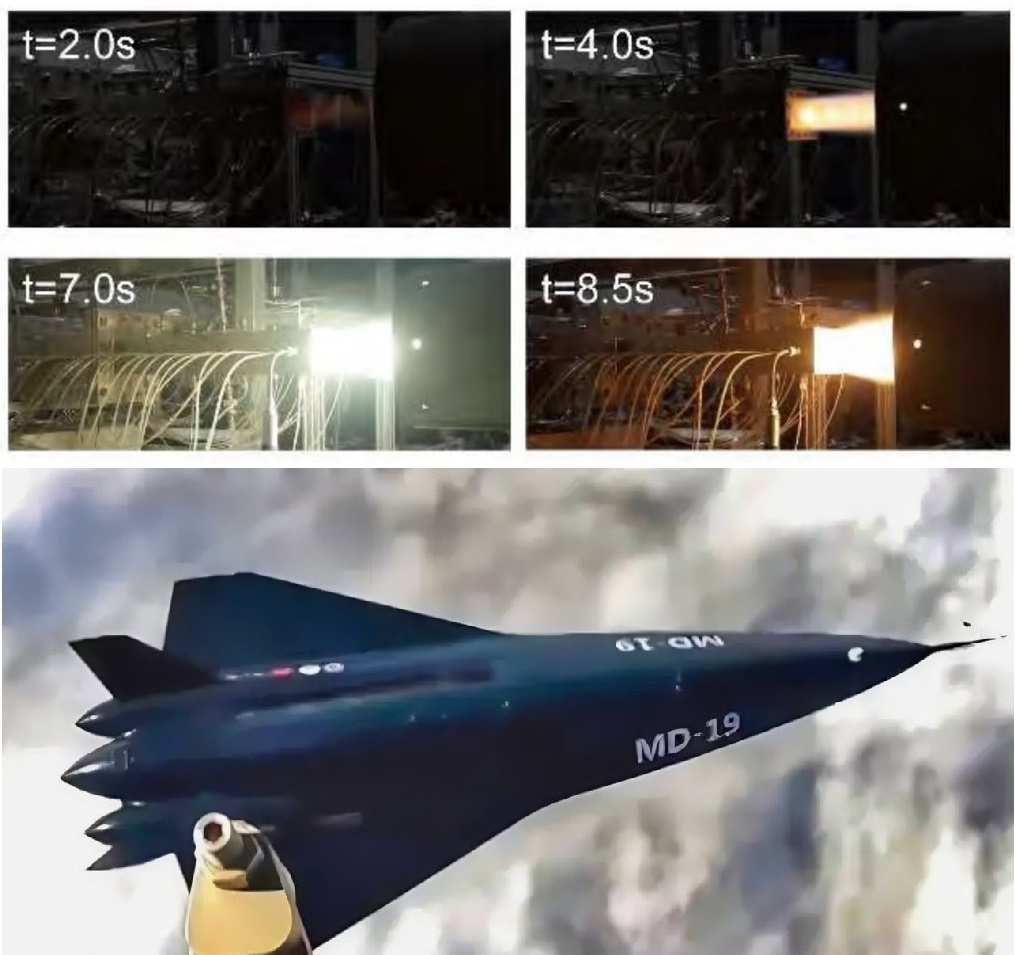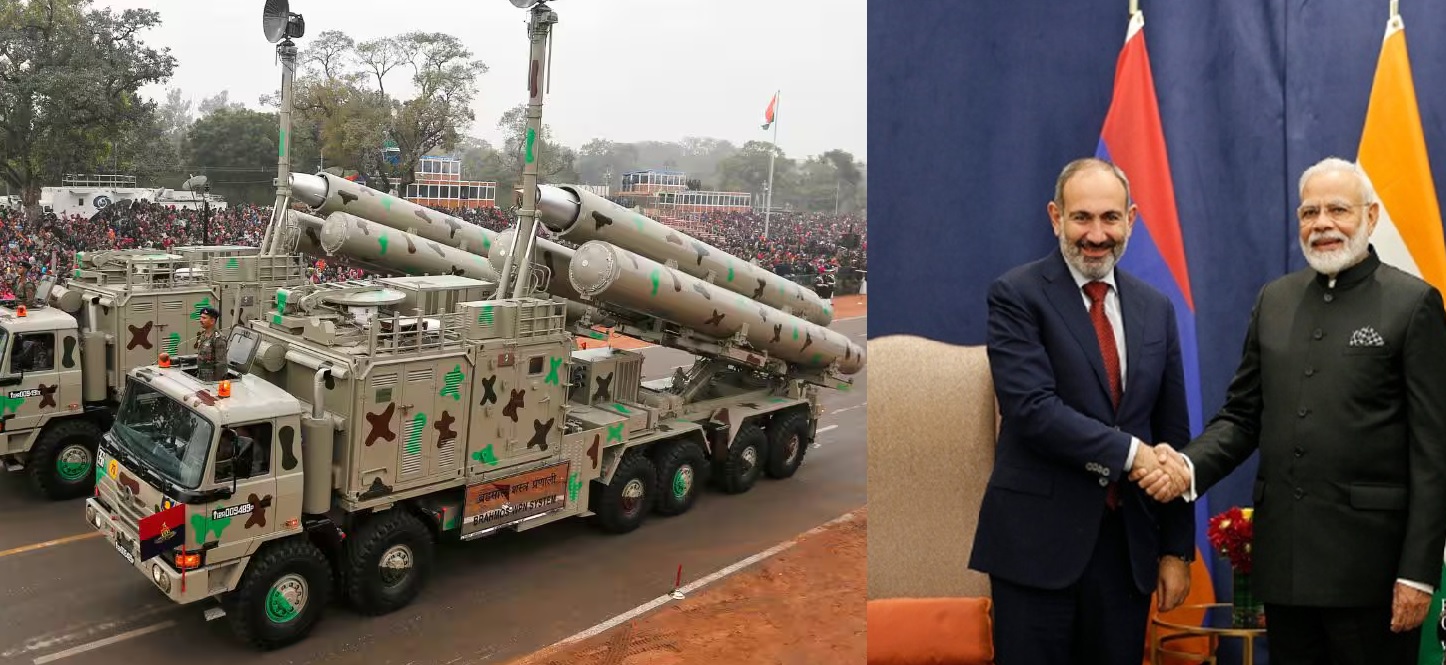Saudi Arabia in Talks with Germany’s TKMS to Explore MEKO A-200 Frigate Acquisition for Fleet Modernization

Saudi Arabia is reportedly in preliminary discussions with Thyssenkrupp Marine Systems (TKMS) of Germany to evaluate the MEKO A-200 frigate for possible inclusion in the Royal Saudi Naval Forces’ (RSNF) long-term fleet modernization program. The talks, revealed by Tactical Report on November 5, 2025, are part of Riyadh’s ongoing efforts to upgrade its naval assets and expand domestic industrial participation under the Vision 2030 initiative.
Exploratory Discussions Underway
According to defense industry sources, the discussions remain at an exploratory stage, focused on technical evaluations, cost considerations, and the scope for industrial collaboration. Saudi Arabia is assessing how the MEKO A-200 design could complement its existing surface combatant fleet, which already includes French, U.S., and Spanish-built vessels.
MEKO A-200 Frigate: Multi-Role and Modular Design
The MEKO A-200 frigate, part of TKMS’s proven MEKO family of modular warships, is a multi-role stealth frigate designed for blue-water and littoral operations. Measuring approximately 121 meters in length with a displacement of around 3,700 to 4,000 tons, it uses a CODAG-WARP (Combined Diesel and Gas – Waterjet and Refined Propeller) propulsion system, enabling speeds over 28 knots and an operational range exceeding 7,000 nautical miles.
The design emphasizes low radar, infrared, and acoustic signatures, with integrated exhaust and shaping technologies for reduced detectability. It supports anti-air, anti-surface, and anti-submarine warfare (AAW, ASuW, ASW) missions, as well as maritime patrol, convoy protection, and coastal defense operations.
A standard MEKO A-200 configuration includes:
-
1 × 76mm or 127mm naval gun (Leonardo or OTO Melara)
-
16–32-cell Vertical Launch System (VLS) for ESSM, Umkhonto-IR, or CAMM missiles
-
4 to 8 anti-ship missiles (typically RBS-15, Exocet, or NSM)
-
2 × triple torpedo tubes for lightweight torpedoes
-
Helicopter deck and hangar for a 10-ton class helicopter (e.g., MH-60R Seahawk or NH90)
-
Integrated Combat Management System (CMS) by Atlas Elektronik and a 3D multi-function radar
Its modular design allows customization and simplifies maintenance, aligning with Saudi Arabia’s Vision 2030 defense goals, which emphasize local production, technology transfer, and job creation in defense manufacturing. TKMS’s track record with exports to Egypt, Algeria, and South Africa adds to its credibility, as all three navies operate MEKO A-200 variants in climatic conditions similar to the Arabian Gulf and Red Sea.
TKMS Export Experience
The MEKO A-200 has already seen successful export with operational service in South Africa, Algeria, and Egypt, where it has demonstrated reliability in hot and saline maritime environments similar to the Arabian Gulf and Red Sea. These countries have reported high operational availability, which strengthens its appeal to Saudi Arabia as a proven platform.
Vision 2030 and Local Industrial Goals
Any potential deal with TKMS is expected to align with Saudi Vision 2030, which mandates 50% localization of defense procurement. This would likely involve Saudi Arabian Military Industries (SAMI) and Zamil Shipyard in local assembly, component manufacturing, or system integration.
TKMS has reportedly offered technology transfer and training packages to encourage local participation and ensure long-term sustainment within the Kingdom’s naval industrial ecosystem.
Current Strength of the Royal Saudi Naval Forces
The Royal Saudi Naval Forces (RSNF) currently operate a mixed fleet of around 55 ships, divided between the Eastern Fleet (based in Jubail) and the Western Fleet (based in Jeddah).
-
7 Al Riyadh-class (La Fayette variant) frigates – France-built, commissioned in early 2000s.
-
4 Al Madinah-class frigates – Acquired in the 1980s, approaching the end of service life.
-
4 Badr-class corvettes – U.S.-built coastal defense ships.
-
5 Multi-Mission Surface Combatant (MMSC) vessels – U.S.-built; first delivery expected by 2026–2027.
-
9 Al Jubail-class (Avante 2200) corvettes – Spain-built, currently under delivery by Navantia.
-
25–30 patrol boats and fast attack craft – Used for coastal surveillance and interdiction missions.
-
Support and auxiliary vessels, including tankers and logistics ships.
The RSNF also operates MH-60R Seahawk helicopters for anti-submarine warfare and is expanding its unmanned maritime systems for surveillance and reconnaissance.
Why MEKO A-200 Fits Saudi Requirements
Saudi Arabia’s naval modernization aims to replace aging French-built Al Madinah and U.S. Badr-class vessels with a modern, long-range frigate featuring advanced missile defense, electronic warfare, and networked command systems. The MEKO A-200’s modular design allows for future integration of new missile types, indigenous sensors, and command systems — an important advantage for long-term fleet sustainability.
The ship’s ability to operate effectively in both Red Sea and Arabian Gulf environments makes it particularly suitable for Saudi Arabia’s dual-coast naval structure.
Next Steps
While no contract has been signed, both sides are reportedly exploring technical evaluations and feasibility studies. If the discussions progress, the project could lead to joint production agreements and localized assembly, strengthening Saudi Arabia’s defense industry base.
Industry observers see the potential partnership as part of Riyadh’s strategy to diversify suppliers while building a self-reliant naval capability.
The ongoing talks between Saudi Arabia and TKMS reflect the Kingdom’s commitment to modernizing its naval forces with multi-role, technologically advanced platforms. The MEKO A-200 frigate, with its proven operational record and adaptable design, could become a strong candidate to support the RSNF’s next-generation fleet — one designed for long-term sustainment, regional security, and growing industrial independence.
✍️ This article is written by the team of The Defense News.






